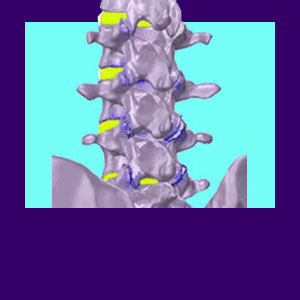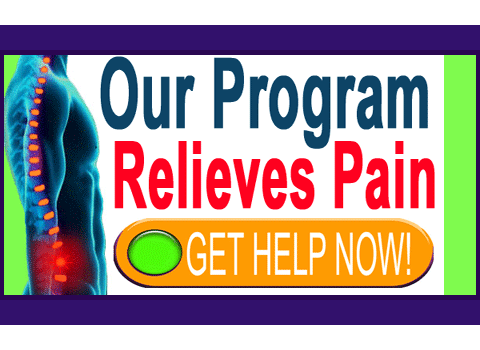
Arthritis lower back pain is one of the main scapegoat conditions blamed for sourcing chronic dorsopathy symptoms in the lumbar region of the spine. Although virtually every doctor diagnoses arthritis as the source of back ache in many mature people, very few will tell their patients that osteoarthritis is a universal component of spinal aging and affects every adult to one degree or another as they get older. Furthermore, the lumbar and cervical regions virtually always endure mild to advanced arthritic changes as normal parts of their lifespans and many of these anatomical alterations have not been proven to cause any serious pain in the overwhelming majority of patients.
This dissertation explores lower back symptoms blamed on the universal incidence of osteoarthritic change.
Arthritis Lower Back Pain Diagnosis
Spinal arthritic changes will show up on some x-ray films and will definitely be clearly detailed on MRI imaging. General arthritic change is sometimes blamed for enacting back pain, but more typically, specific areas are focused upon as the cause of symptoms. The most common type of arthritic process blamed for enacting lower back pain is certainly the osteophyte complex. These bone spurs form on the spinal structures due to normal wear and tear.
Lumbar degenerative disc disease is one of the processes which causes osteophytes to form and their appearance should be of no surprise to doctor or patient. Most of the time, an osteophyte is blamed for enacting pain through spinal stenosis or foraminal stenosis, although they can also be implicated as a contributory factor in facet joint syndrome.
Arthritis Lumbar Back Pain Conditions
Spinal stenosis in the lower back is diagnosed when arthritic processes build up bone matter along the actual spinal canal. This is very common as people get older and not generally overly symptomatic, in its milder forms, although it can become a big problem in rare instances. Although spinal stenosis may exist structurally, the condition is not inherently troublesome and most people with the physical indications of the condition will be unaffected by it to a large degree. Symptoms will only occur if the spinal cord is compressed or otherwise prevented from normal neurological function.
Foraminal stenosis exists when an osteophyte is theorized to be compressing a nerve as it exits the spinal column. This can occur, once again in very rare instances, but in most cases is simply an incorrect diagnostic theory.
Research has proven that in order for a real pinched nerve to occur, the neuroforaminal space needs to be almost completely sealed off by the bone spur; an event which seldom occurs.
Facet syndrome can exist when arthritic bone spur growth causes pain inside the actual facet joints. This is a shaky diagnostic theory in most cases, since arthritis in these joints is also par for the course and is almost never severely painful. However, in some cases, the diagnostic theory may be accurate and facet joint treatment may be required.
Arthritis Lower Back Pain Guidance
When discussing arthritis in this article, I am focusing on typical osteoarthritis in the spine. Other forms of arthritis present a completely different story when talking about pain, although recent research links one of the worst, rheumatoid arthritis, to the mindbody process.
You must be clear that arthritis is normal and expected, making it an ideal back pain scapegoat to accept blame for pain. Just because some profit-driven doctor says that normal spinal aging is painful, does not make it so. The majority of patients will not have significant or chronic back pain due to arthritic change.
In almost all cases of illogically diagnosed arthritic back pain, I recommend doing some independent research and considering knowledge therapy as an alternative care approach for dubious diagnoses, rather than some illogical and mostly ineffective medical or surgical treatment.
Back Pain > Arthritis in the Spine > Arthritis Lower Back Pain





